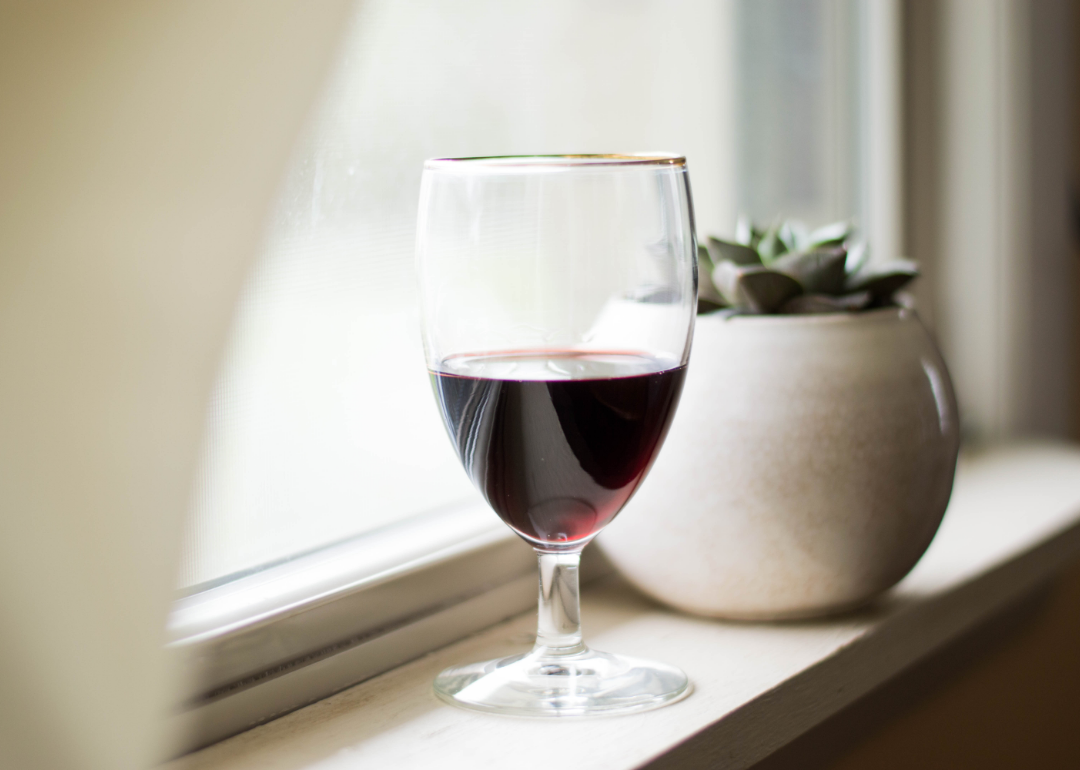This story originally appeared on Stacker and was produced and distributed in partnership with Stacker Studio.
How the coronavirus has affected alcohol use in adults
When the severity of the pandemic began to sink in during the spring of 2020, people worldwide found themselves forced to adapt to a new normal. For many, that has involved a little more drinking of alcohol than usual. Whether people were coping with new stresses or just plain bored, the past year has seen a notable uptick in alcohol use in adults.
Liquor stores were deemed essential businesses, bars offered to-go cocktails, and people in general found themselves at a loss for things to do at home. While some people perfected their sourdough recipes, others perfected their Manhattans and Negronis. And as takeout orders were vital for keeping restaurants in business, so were the growler fill-ups from favorite breweries.
American Addiction Centers compiled 10 statistics about how the coronavirus affected alcohol use in adults, including alcohol consumption, sales, state regulations, reasons behind increased consumption, and effects of alcohol misuse. Data comes from federal health agencies such as the National Institute on Alcohol Abuse and Alcoholism and scientific journals such the Journal of the American Medical Association and the Wiley Online Library.
If it feels as though you’ve been hitting the bottle a little more than usual, you’re not alone. Here’s a rundown of how widespread the boost in booze has been, and some tips for how to avoid it if you’re looking to cut back.
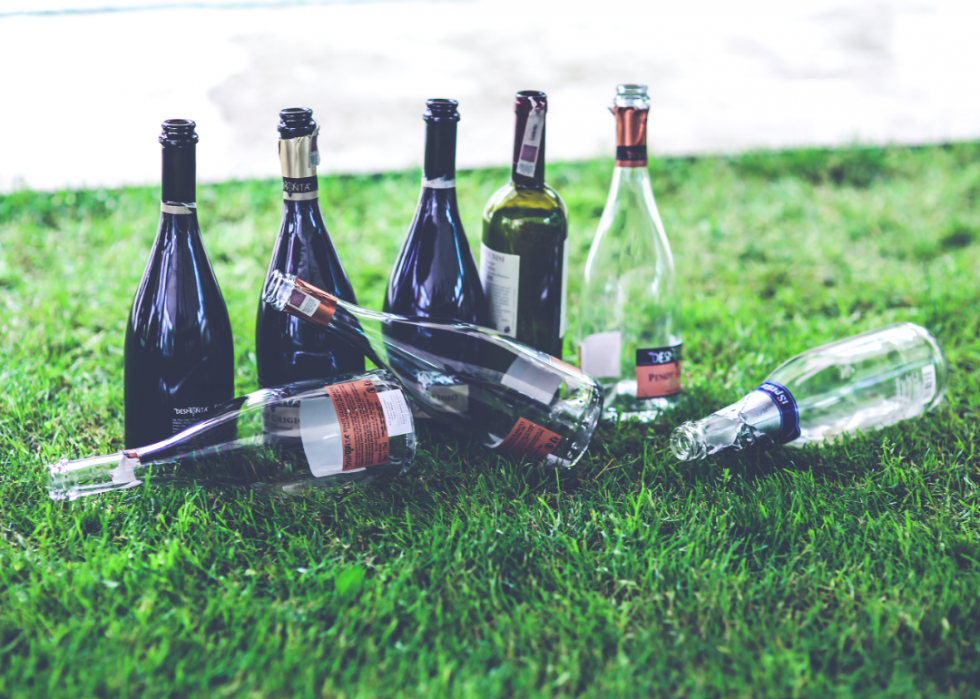
Adult alcohol consumption increased during the pandemic
Researchers from the Rand Corporation and the Indiana University School of Public Health examined survey data from 1,540 adults. They compared alcohol use between April 29–June 9, 2019, and May 28–June 16, 2020, and found that overall alcohol consumption in adults increased by 14%. For adults 30–59, the uptick was as high as 19%.
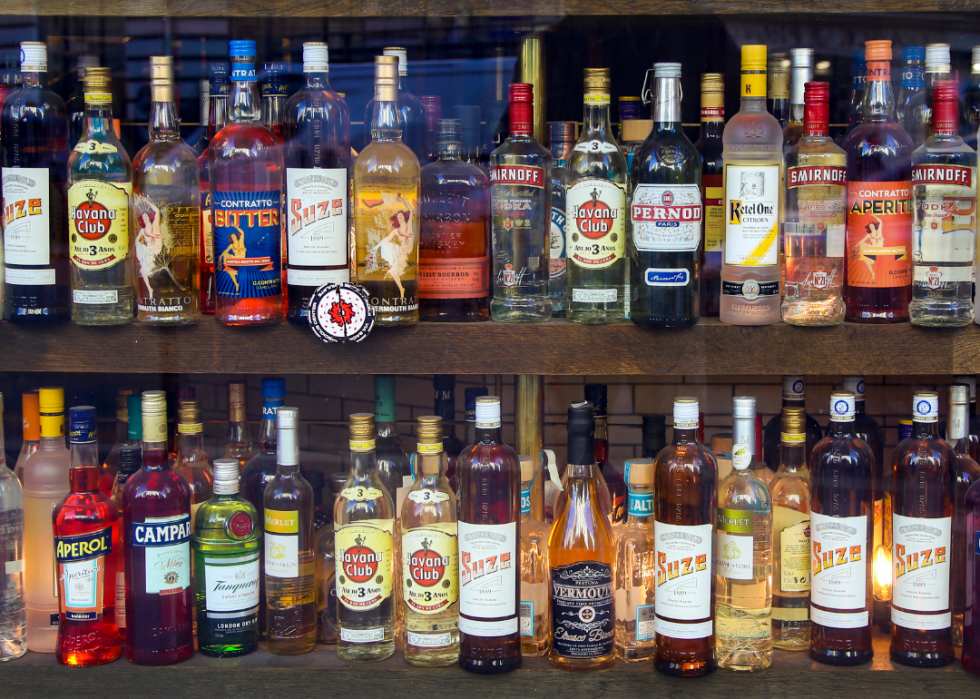
Online alcohol sales more than doubled at the beginning of the pandemic
The biggest boost to at-home alcohol sales occurred at the outset of the pandemic, as people stocked up to shelter-in-place for an unknown length of time. For the seven-week period ending April 18, 2020, NielsenIQ reported that alcohol sales in stores were up 21%, while online alcohol sales were up 234% from the previous year.
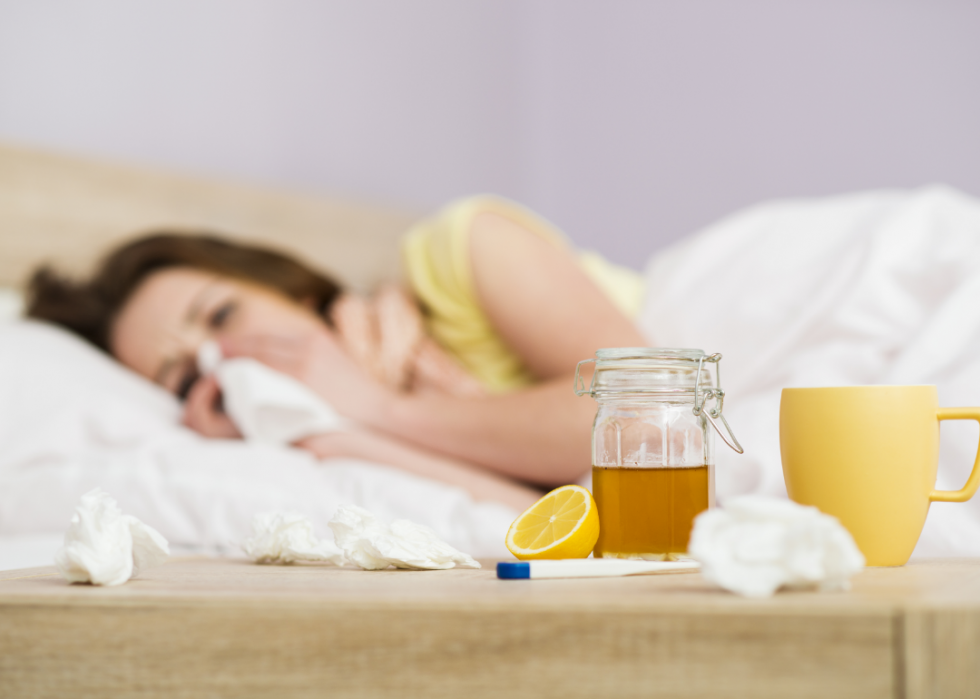
Alcohol use can impair the body’s ability to prevent and fight COVID-19
Although disinfectants containing certain percentages of ethyl alcohol can knock out the coronavirus on hands or surfaces, drinking alcoholic beverages has a different effect. Alcohol use can impair the immune system, and having alcohol in the system when exposed to a virus can make it easier to get sick. Long-term alcohol use can hurt immune cells in the lungs, leading to conditions such as acute respiratory distress syndrome, which can dramatically increase the likelihood of severe or lethal COVID-19 after infection.
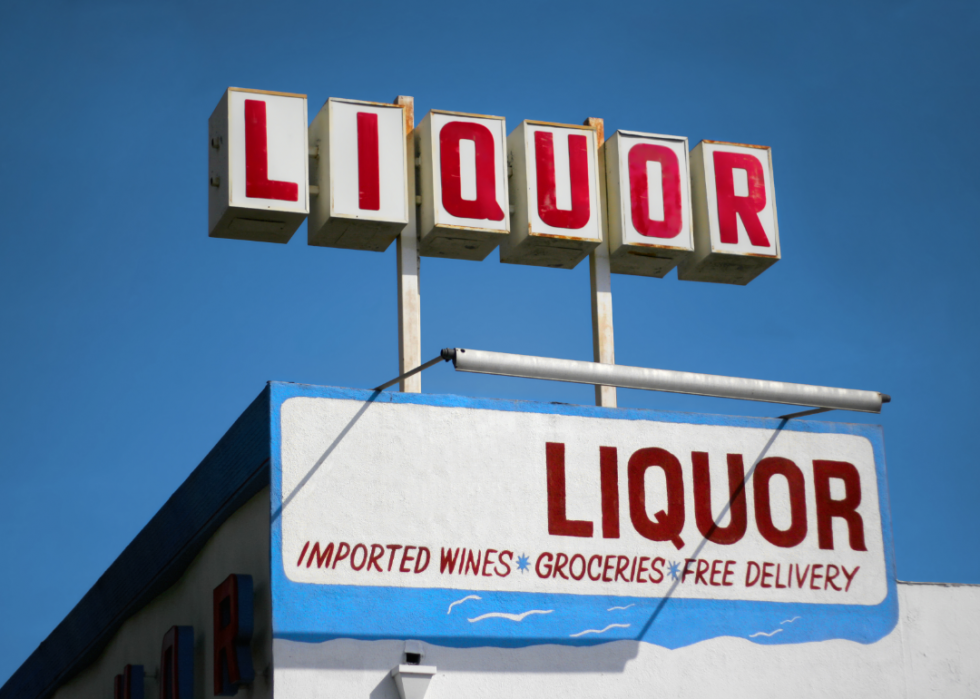
Liquor stores deemed essential businesses in 37 states and Washington D.C.
Part of the reason for alcohol’s popularity during the pandemic is that it has been easy to get. Almost three-quarters of U.S. states kept liquor stores open as essential businesses. Only two states—Nebraska and Nevada—explicitly deemed liquor stores not essential.
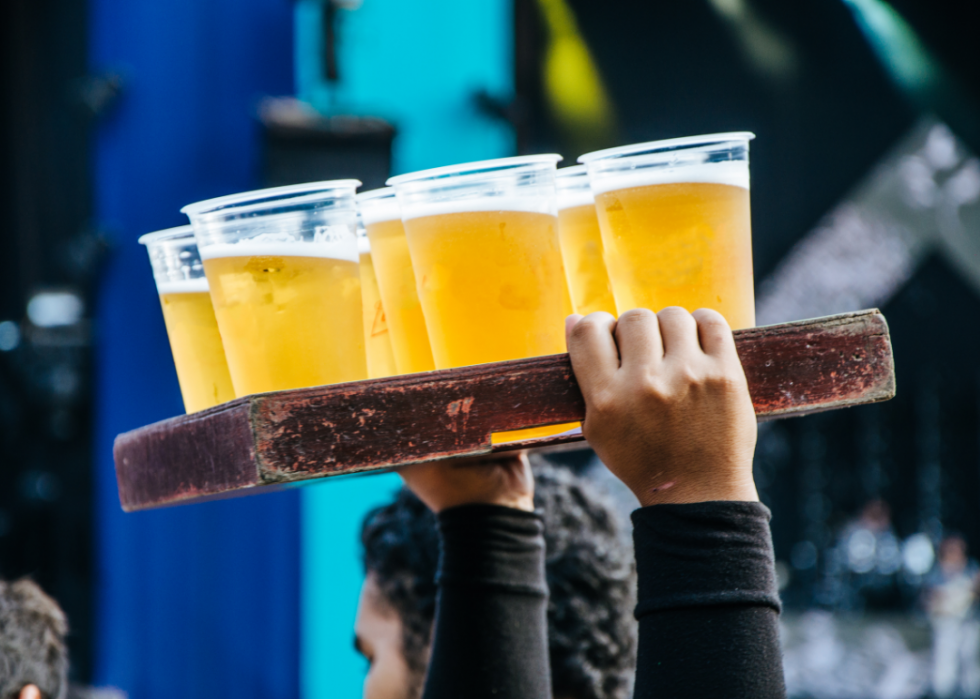
To-go alcohol allowed from bars and restaurants in 44 states and Washington D.C.
Liquor stores haven’t been the only place to find a drink. Even more states have been allowing bars and restaurants to offer some sort of to-go beverages. In 37 states, establishments can deliver the drinks to customers’ homes.
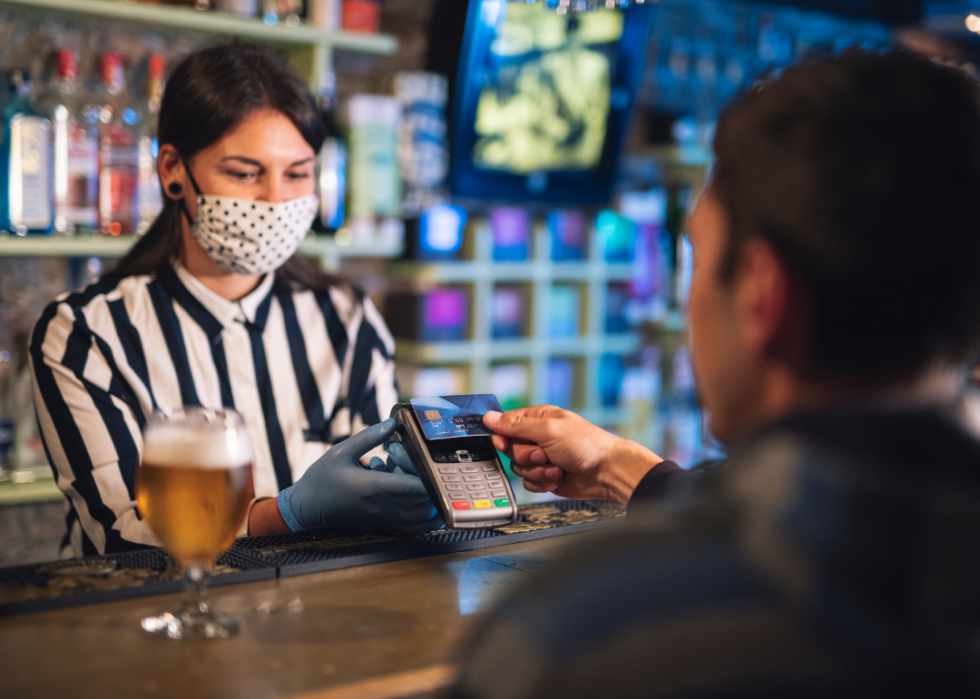
Bars reopened in 35 states and Washington D.C.
Even though most states closed bars at the outset of the pandemic, they didn’t stay closed for long. By June 2020, 35 states and Washington D.C., allowed all bars to reopen. Only six states—Colorado, New Mexico, Kentucky, North Carolina, Massachusetts, and Connecticut—kept bars completely closed at that time.
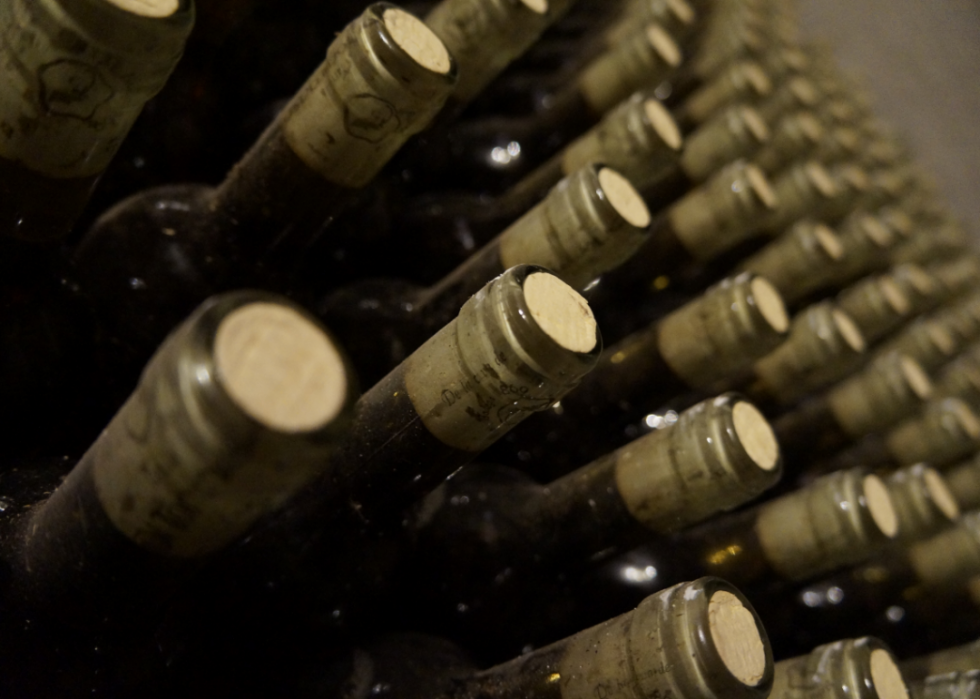
Increased binge drinking reported during early months of the pandemic
Drinking behavior itself changed as well during the pandemic. Survey data from Research Triangle Institute International found a 26% increase in binge drinking from February to April 2020 in the United States. The largest increases were in the Western area of the country.
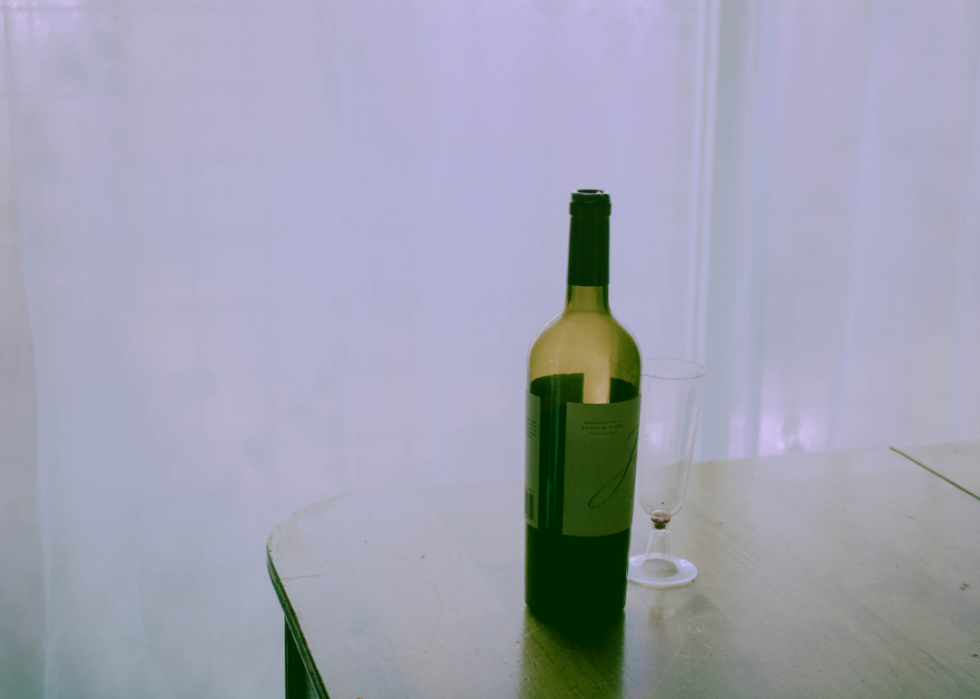
Certain increased stressors contributed to relying on alcohol during the coronavirus
The reasons for increased alcohol use vary widely. Women in particular have been bearing the brunt, increasing their frequency of heavy drinking by 41%, according to a survey of the RAND Corporation American Life Panel. Another study published in the Alcoholism: Clinical and Experimental Research journal surveyed 320 Canadian adults and found evidence that people were drinking to cope, especially those with a child at home, exhibiting greater depression or experiencing more social isolation. Income loss was also associated with increased alcohol use.
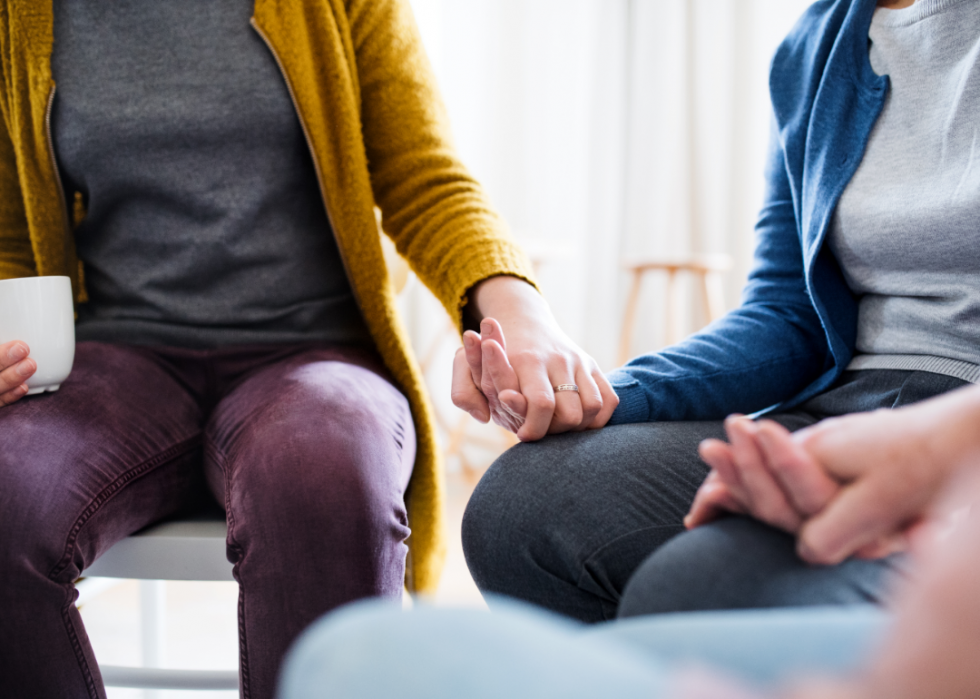
People recovering from alcohol or substance abuse faced unique challenges
Millions of Americans were already suffering from a substance use disorder before the pandemic began, and the coronavirus-related shutdowns made treatment harder to access. The Addiction Policy Forum surveyed 1,079 people with substance use disorders in April–May 2020, and found that 34% had experienced disruptions to treatments or support, and 14% were prevented from accessing needed treatments altogether.
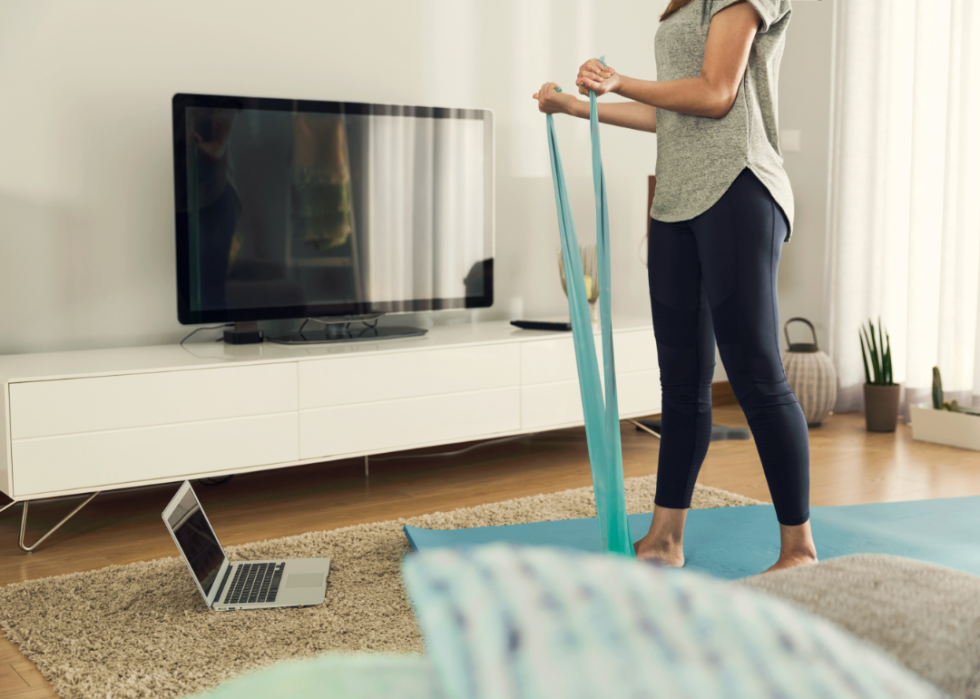
Keep the mind active to steer clear of alcohol during the pandemic
The best way to avoid overdoing the alcohol is to distract yourself—but watching Netflix won’t cut it. Passive stress relievers, like binge watching shows, don’t have the same effect as more physical, productive activities. Instead, Mayo Clinic psychiatrist and addiction researcher Victor Karpyak recommends doing something that truly engages your mind, like exercising, talking with friends or family, or practicing creative hobbies such as music or crafting.
